Introducing: RareNewspapers.com – The 1600’s and 1700’s…
September 15, 2016 by GuyHeilenman · Leave a Comment
Collectible 1600s & 1700s Newspapers
 “History is never more fascinating than when it’s read from the day it was first reported.”
“History is never more fascinating than when it’s read from the day it was first reported.”
It might not be your first thought, but newspapers from the 1600s and 1700s are very similar content-wise to modern newspapers. Early newspapers contained reports on wars, natural disasters, listed items for sale, and published death notices. Sound familiar? Newspaper content hasn’t changed drastically in 300-plus years. It is interesting to read accounts from this era and realize how similar we modern folk are to our ancestors. It seems that people at their core are mostly the same, and to this day, want to read news covering similar topics. That being said, some aspects of newspapers definitely have changed.
What has changed are the dimensions (smaller then, larger now), the number of pages (fewer then), paper quality (higher quality rag linen then), and the format. Newspapers of this period typically had an inflexible format, meaning that if page three was dedicated to foreign news, even if the most amazing foreign event occurred, it would appear on page three, not page one—period.
Due to the time it would take to typeset and print an issue, breaking news of major events would often be printed on a separate sheet called an “Extra” or an “Extraordinary” that was delivered with the daily issue or sometimes was not distributed until the following day.
Much more can be said regarding newspapers from the 1600’s and 1700’s, but for now, please enjoy the Rare Newspapers dedicated page dedicated to original and historic issues from this era:
The 1600’s and 1700’s
More on printing newspapers in the 1700’s (revisited)…
June 27, 2016 by GuyHeilenman · Leave a Comment
This article is primarily taken from the April, 1996 edition of “Collectible Newspapers” edited by Rick Brown, whom we thank for this contribution. It offers some interesting insights into the printing & distributing of newspapers in the colonial and post-colonial era of the United States.
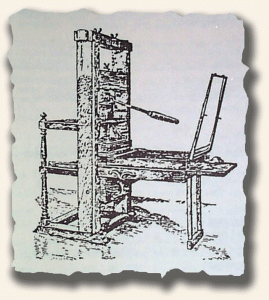 Newspapers from the latter half of the 18th century were relatively scarce. One factor was that early settlers were busy clearing the land & otherwise making the land habitable & sustaining. Plus only a small percentage of the population had reading skills beyond that of the basic rudiments. Although most towns of any size by 1715 had tracts of land set aside for schools, few actually had schools built & in operation.
Newspapers from the latter half of the 18th century were relatively scarce. One factor was that early settlers were busy clearing the land & otherwise making the land habitable & sustaining. Plus only a small percentage of the population had reading skills beyond that of the basic rudiments. Although most towns of any size by 1715 had tracts of land set aside for schools, few actually had schools built & in operation.
Nearly all 18th century newspapers were edited & published by printers that had a general printing business and also printed pamphlets, books, broadsides, lottery tickets, etc. Many also sold merchandise, groceries, patent medicines, and a variety of other goods. Rags, which were used to make the paper , were scarce in the colonies so most of the paper was imported from England.
Newspapers were printed on wooden hand presses with each application of ink to paper requiring a pull of by lever and screw. It was not until around 1816 that the new iron Columbian press came into general use. Instead of a screw it used a series of compound levers that multiplied the pull of the operator. But still, all hand presses were slow & laborious. The forms had to be laid by hand and the ink was poor and of uneven quality. Types were frequently old and worn.
After the newspapers were printed, distribution difficulties were encountered. Circulation was confined, for the most part, to the towns in which they were published. They were distributed to the rural areas by post-boys on horseback and by stagecoach drivers. The roads were bad & the postal system was slow. Subscribers were few & the cost of an issue relatively expensive so newspapers were typically handed around from one to another so that a single copy was ready by many. Even those who subscribed often failed to pay for their subscriptions.
It has been estimated that the largest circulation of a single newspaper during the earlier colonial period was about 350 and that only a few reached this high of a number of circulation. By the 1750’s circulation for larger city newspapers reached upwards of 600 of each issue printed and during the Revolutionary War some newspapers boasted circulations in excess of 2000. By 1790 most newspapers were printing less than 1000 copies but the very popular “Columbian Centinel” from Boston was printing over 4000 copies of each printing date.
Despite poor equipment, limited circulation, nonpaying subscribers, poor distribution facilities & the general unprofitability of publishing a newspaper, the number of newspapers being published continued to increase as the years went by. There were numerous failures, but new newspapers were established to replace them. From 1704 to 1820 about 1634 newspapers came to life and died. Of that number only two-thirds of them lived beyond three years.
(originally posted in 2009)
Newspaper circulation in the 1700’s (revisited)…
June 13, 2016 by GuyHeilenman · Leave a Comment
 We often get queries as to what the circulation numbers were of colonial and later 18th century newspapers. Clarence Brigham, in his book “Journals & Journeymen” provides some helpful information.
We often get queries as to what the circulation numbers were of colonial and later 18th century newspapers. Clarence Brigham, in his book “Journals & Journeymen” provides some helpful information.
The earliest comment on newspaper circulation in America was by publisher John Campbell in his Boston News-Letter of 1719. He notes that “…he cannot vend 300 at an impression, tho’ some ignorantly concludes he sells upwards of a thousand…”.
Famed publisher Isaiah Thomas remarked: “In 1754 four newspapers only were printed in New England…weekly, & the average number of copies did not exceed 600 from each press.”
Circulation gradually grew as the days of the Revolution approached. Rivington’s New York Gazetteer of Oct. 31, 1774 boated his weekly impressions “… increased to 3600…”, and Thomas noted in his Mass. Spy of Dec. 21, 1780 noted he had a pre-Revolutionary circulation of 3500 copies, then was driven out of Boston by the British invasion & established the Spy in Worcester. In 1775-6 circulation was 1500, in 1778-9 it was 1200, and in 1781 it did 500 impressions. He also noted that: “It has always been allowed that 600 customers, with a considerable number of advertisements, weekly, will but barely support the publication of a newspaper.”
Later Thomas noted that the famous Connecticut Courant of Hartford had a circulation which exceeded his Mass. Spy, that: “…the number of copies printed weekly was equal to, if not greater, than that of any other paper on the continent.”
In the last decade of the 18th century the number of newspapers increased, but circulation did not keep step & in generally averaged from 600 to 700. A few papers from larger cities were exceptions such as the Maryland Journal of Baltimore which claimed a circulation of near 2000. And the very popular Columbian Centinel would top the list of all 18th century newspapers in circulation with over 4000 per issue. Other popular late-18th century titles & their circulations included the Aurora with 1700; the Farmer’s Weekly Museum with 2000 and Porcupine’s Gazette with over 2000 in circulation in 1799.
But given these numbers, how many copies of any single date survived? A good question as certainly the vast majority were read and discarded. Outside of those held by institutions in bound volumes those which exist in collectors’ hands today almost assuredly came from deaccessioned institutional holdings and likely will be the only issues to see the light of day for many years to come.
(originally posted in 2009)
Chuckle for the day…
June 9, 2016 by TimHughes · Leave a Comment
The “Pennsylvania Packet“, Philadelphia, issue of September 24, 1788 contains on page 3: “Dean Swift’s idea of an attorney…”. You can read it for yourself (see below).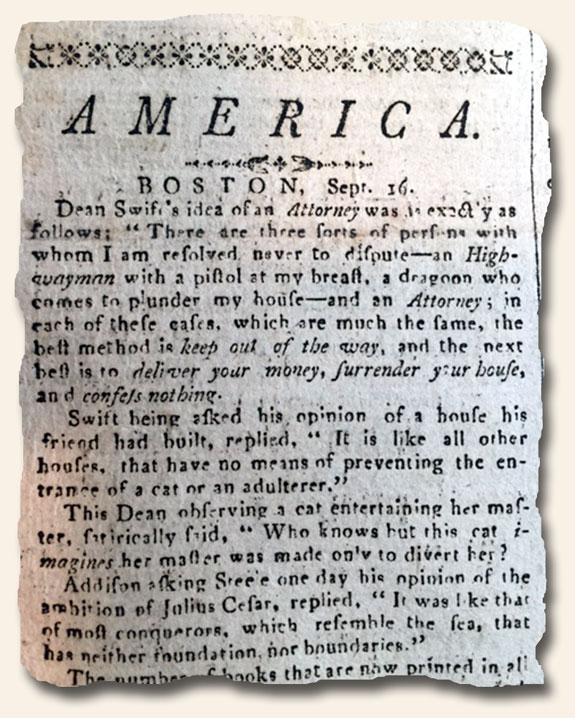
A May, 2016 stroll back thru time – 50, 100, 150, 200, & 250 years ago…
May 6, 2016 by GuyHeilenman · Leave a Comment
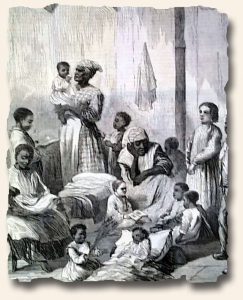 What news was reported in the month of May – 50, 100, 150, 200, and 250 years ago (1966, 1916, 1866, 1816, 1766)? Such a walk back through time via the eyes of those who read the daily and weekly newspapers of the period can be quite revealing. This is why we often say, “History is never more fascinating than when it’s read from the day it was first reported.” The following links will take you back in time to show the available newspapers from the Rare & Early newspapers website. There’s no need to buy a thing. Simply enjoy the stroll.
What news was reported in the month of May – 50, 100, 150, 200, and 250 years ago (1966, 1916, 1866, 1816, 1766)? Such a walk back through time via the eyes of those who read the daily and weekly newspapers of the period can be quite revealing. This is why we often say, “History is never more fascinating than when it’s read from the day it was first reported.” The following links will take you back in time to show the available newspapers from the Rare & Early newspapers website. There’s no need to buy a thing. Simply enjoy the stroll.
Publius Lentulus’ 1st century description of Jesus Christ…
March 24, 2016 by GuyHeilenman · Leave a Comment
The February 3, 1787 issue of The Pennsylvania Packet and Daily Advertiser contains an 18th century translation of a letter self-described as being from Plubius Lutulus’ [Publius Lentulus’] to Caesar Tiberius (reg. 14-37 AD) which supposedly provides a contemporaneous description of Jesus Christ. Historians have spent countless hours trying to discover whether or not the letter is authentic. After more than a century of research, since there does not appear to be record of a Lentulus serving as Governor of Judea (which this letter suggests), most have come down on the side of it not being legitimate. Sadly, a 15 minute dig into the Bible could have saved them a considerable amount of energy.
The letter (see below) indicates the appearance of Jesus, with his long flowing hair, was quite a sight to behold. However, 1 Corinthians 11:14 makes it clear his hair could not have been long, and Isaiah 53:2 states: “He had no form or majesty that we should look at Him, and no beauty that we should desire Him.” End of discussion. Case closed.
Thankfully, whether or not Jesus is God’s Son… the Messiah… the deliverer of all who might believe, according to the Bible, is not dependent on such works of man. He either is who He says HE IS, or he is not who he said he was – and the proof will be in the pudding. Still, the letter does make for interesting reading. Happy Easter.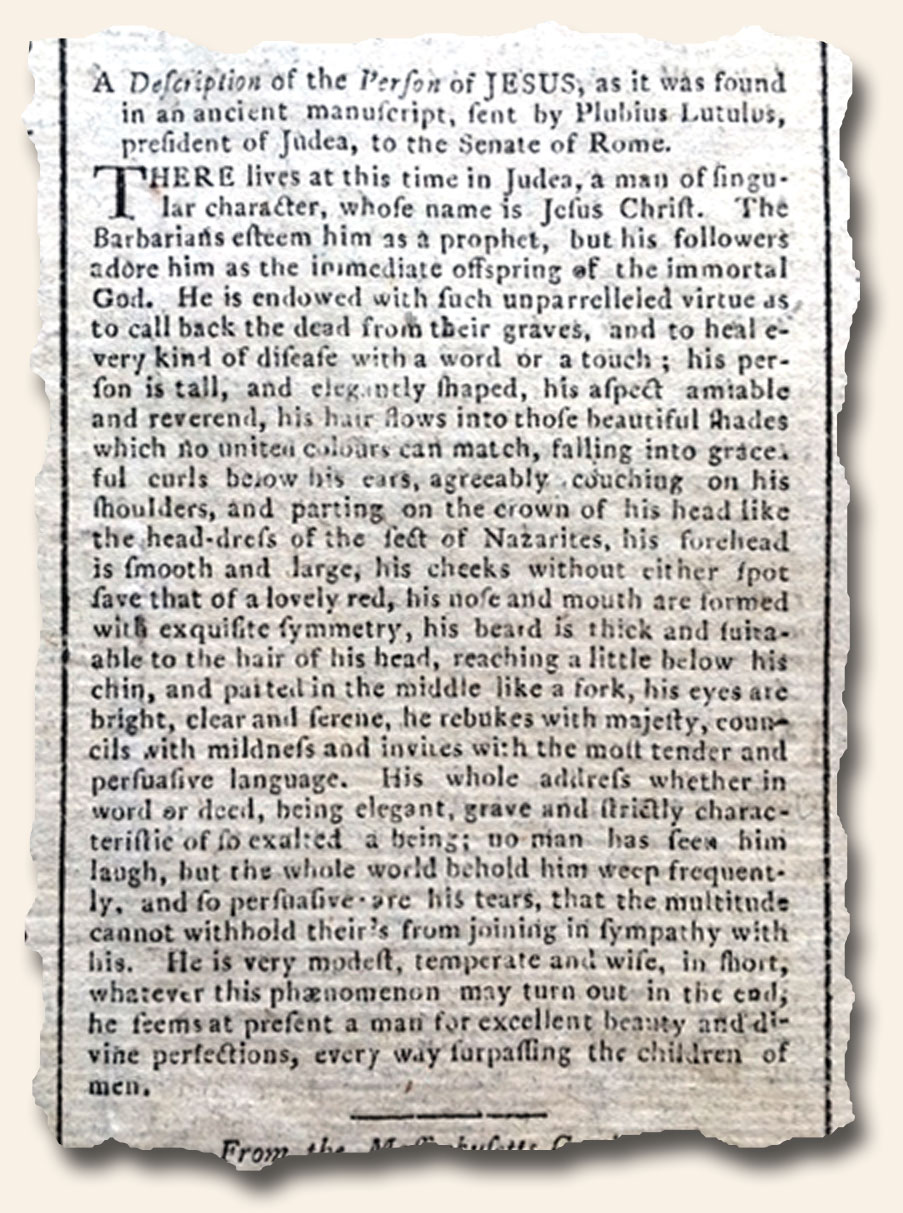
The Traveler… give it up for the second time, with a little help…
December 21, 2015 by The Traveler · Leave a Comment
 Today I traveled to Edinburgh by the way of The Edinburgh Advertiser dated December 20, 1765. There I found an account of a New Hamsphire stamp agent by the name of George Meserve being forced to resign for the second time. “…that Mr. Messerve, notwithstanding his late verbal resignation, determined to execute his office…about 400 resolute men, well equipped…Their purpose was to demand of Mr. Messerve a more explicit resignation…the repeated assurances from the Council, that the bale of stamped paper should not be opened…that they would never use them on any account, disarmed the populace of all their resentment…The stamped papers sent for the use of this province are lodged in the fort at Newcastle where they are to remain as a dead inactive lump of matter…”
Today I traveled to Edinburgh by the way of The Edinburgh Advertiser dated December 20, 1765. There I found an account of a New Hamsphire stamp agent by the name of George Meserve being forced to resign for the second time. “…that Mr. Messerve, notwithstanding his late verbal resignation, determined to execute his office…about 400 resolute men, well equipped…Their purpose was to demand of Mr. Messerve a more explicit resignation…the repeated assurances from the Council, that the bale of stamped paper should not be opened…that they would never use them on any account, disarmed the populace of all their resentment…The stamped papers sent for the use of this province are lodged in the fort at Newcastle where they are to remain as a dead inactive lump of matter…”
~The Traveler
Archaeologists uncover secrets of historic Revolutionary War battle site…
November 19, 2015 by GuyHeilenman · Leave a Comment
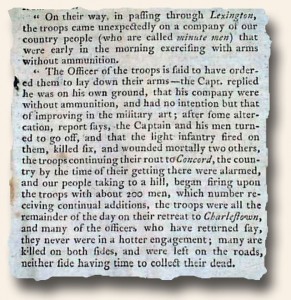 While reports of the events surrounding the skirmish at Lexington & Concord (1775) are few and far between, due to their undisputed importance, authentic newspapers with first-hand accounts are highly prized. A current archaeological effort in and around the area are sure to only increase public interest. The following article brings to light some of the recent finds:
While reports of the events surrounding the skirmish at Lexington & Concord (1775) are few and far between, due to their undisputed importance, authentic newspapers with first-hand accounts are highly prized. A current archaeological effort in and around the area are sure to only increase public interest. The following article brings to light some of the recent finds:
Archaeologists uncover secrets of historic Revolutionary War battle site
The Traveler… not quite the intended effect…
November 2, 2015 by The Traveler · Leave a Comment
 Today I traveled to London by the way of The Post Boy dated November 1, 1715. While peace in Lithuania now prevailed, Poland was being torn into pieces. A proclamation was made “…that if any Gentleman should presume to mount on Horse-back, his House should be burnt, and his Wife and Children put to the Sword… However, it had a quite contrary Effect to what was expected; for the Nobility of the Palatinate of Cracow having mounted on Horseback, march’d towards Podgura and prevail’d with the Palatinate of Russia to join them; as several more are very ripe to do…The Muscovites, to the Number of 20000 Men, are arrived within 8 Leagues of this City, and pursue their March, with all speed, for Pomerania.”
Today I traveled to London by the way of The Post Boy dated November 1, 1715. While peace in Lithuania now prevailed, Poland was being torn into pieces. A proclamation was made “…that if any Gentleman should presume to mount on Horse-back, his House should be burnt, and his Wife and Children put to the Sword… However, it had a quite contrary Effect to what was expected; for the Nobility of the Palatinate of Cracow having mounted on Horseback, march’d towards Podgura and prevail’d with the Palatinate of Russia to join them; as several more are very ripe to do…The Muscovites, to the Number of 20000 Men, are arrived within 8 Leagues of this City, and pursue their March, with all speed, for Pomerania.”
~ The Traveler
A ghost robs a bank (revisited)…
October 29, 2015 by GuyHeilenman · Leave a Comment
And just in time for Halloween, a report from “The Observer” of London, January 1, 1797 (original post, 2010):


